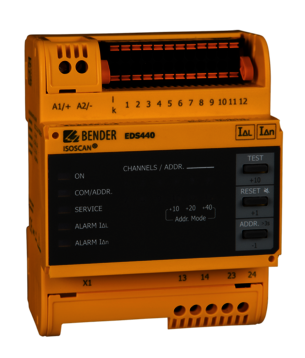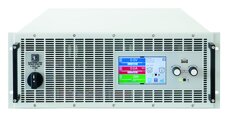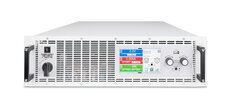Fuel cells & H2 electrolysis
Fuel cells and hydrogen electrolysis are two technologies that play a key role in the transition to a low-carbon, sustainable energy future. Hydrogen electrolysis is a process that splits water into hydrogen and oxygen using electricity, while fuel cells convert chemical energy into electrical energy through an electrochemical reaction.
Hydrogen electrolysis is a critical technology for the production of hydrogen for fuel cell systems. The process utilizes electricity from renewable energy sources such as wind and solar power to produce green hydrogen, making it an environmentally friendly option. In addition, hydrogen produced through electrolysis can be stored and transported for use in fuel cells or for other applications, such as heating and cooling.
Both fuel cells and hydrogen electrolysis have great potential to contribute to a low-carbon energy future. They offer a clean, reliable way to generate and store energy, making them an important part of the energy mix. The continued development and deployment of these technologies will be critical in achieving a sustainable energy future.
But it is important to note that hydrogen electrolysis also poses some dangers, including the risk of explosion. Hydrogen is a highly flammable gas and can explode if it is not handled properly. This means that the electrolysis, storage, transportation, and use of hydrogen must be done with extreme caution to prevent accidents and ensure safety.
To minimize the risk of explosion, strict safety regulations and guidelines must be followed during the electrolysis process. This includes besides proper ventilation, or fire suppression systems also electrical safety measures.



Ensure Safety
Most may remember chemistry class in school while the teacher showed the oxyhydrogen experiment. Hydrogen is a highly flammable gas and can explode easily if mixed with oxygen. A spark is enough. In other words, hydrogen electrolysis also poses some dangers.
Besides the explosion risks, electricity and water as the "raw materials" for the electrolysis process are not a good pair. If electricity and water are involved together, special measurements are needed to ensure the safety of man and machines.
Bender GmbH & Co. KG is already involved in several projects for the production of green hydrogen.
For instance: Energiepark Mainz, Germany which is producing approx. 200t of green hydrogen p.a. The 3 PEM electrolyzers have peak outputs of 2 MW each and are supplied with approx. 300-400 V DC. Special safety requirements have to be considered due to the very high risk of explosion and the high currents that occur. The power supply to the electrolyzers was designed as an IT system (aka, floating, unearthed, or ungrounded system).
By using an IT system unwanted leakage or fault currents can be detected more easily than in earthed networks. Bender insulation measuring devices (ISOMETER®) are used to monitor the electrical system and detect abnormalities in the electrical system at an early stage and report them to the operator, so the electrolyzers can be operated electrically safely, and reliably.




Test and Simulate
EA Elektro-Automatik regenerative loads offer a comprehensive range of features for testing fuel cell resistance, performance, and durability. The devices perform accurate, rapid, and cost-effective testing.
For more flexibility and reduced operating costs, EA Elektro-Automatik's bidirectional laboratory power supplies may also be used to simulate the characteristics of various fuel cells. Thanks to the capabilities offered by these solutions, EA devices are used to test or simulate fuel cells for different applications, including industrial trucks, delivery vehicles, long-haul trucks, or backup power generators.
The devices are user-friendly, cost-efficient, and thanks to features like auto-ranging or a built-in arbitrary waveform function generator help to optimize testing. Due to the regenerative operation, 96% of the energy consumed is fed back into the grid. This generates significantly less waste heat, reduces investments in cooling systems that would otherwise be necessary, and saves energy.

